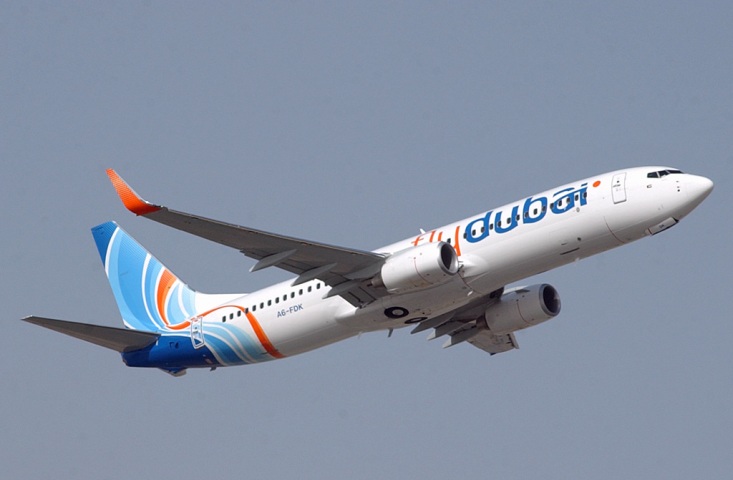UPDATE 2-Report cites pilot error in 2016 Russia Flydubai plane crash

- Country:
- Russian Federation
Pilot error and possible crew disorientation during bad weather at night led to the fatal 2016 crash of a Flydubai passenger jet in Russia, Russia's Interstate Aviation Committee said in a report issued on Tuesday. The Boeing 737-800 from Dubai, operated by the Dubai-based budget carrier Flydubai, came down in the early hours of March 19, 2016, at Rostov-on-Don airport in southern Russia after aborting a second landing attempt in high winds.
All 62 people on board died. "The fatal air accident...occurred during the second go-around, due to an incorrect aircraft configuration and crew piloting (and) the subsequent loss of the (commanding pilot’s) situational awareness at night-time," the report said.
It said bad weather including treacherous gusts known as wind shear were also factors. "This resulted in a loss of control of the aircraft and its impact with the ground," it said.
The Boeing 737 was being flown by the captain at the time of the crash. Both crew were relatively experienced. Addressing one of the most publicized concerns after the crash, the report said the pilots had had enough pre-flight rest, but that the possible "operational" tiredness of the crew as the flight progressed may have been a contributing factor.
Media reports citing unnamed pilots and leaked documents after the crash raised concerns of pilots being "fatigued," a chronic condition less easily relieved by rest than tiredness. Flydubai has dismissed suggestions of chronic fatigue.
On Tuesday, the airline acknowledged the conclusions and recommendations of the report and listed a number of changes it had carried out, but said fatigue was already covered by existing safety initiatives. "We take pilot welfare extremely seriously," a Flydubai spokesman said.
DISORIENTATION The accident involved a Boeing 737-800, the predecessor to the Boeing 737 MAX, which remains grounded after two fatal crashes since 2018. The 737-800 does not contain the MCAS software implicated in those crashes.
The report also cited possible confusion among the crew over which go-around maneuver to make during the second landing attempt - a standard one using almost full power and flaps to provide lift, or a second, more aggressive one designed to escape wind shear that uses an even higher thrust setting without flaps. The report said the crew's uncoordinated actions combined the two different options, using the maximum available thrust.
Flying one-third full and with no cargo, and with less fuel due to the time spent holding due to bad weather, the jet was now light and its nose automatically rose as power increased. Despite reminders from the co-pilot, the captain countered this by pushing the nose down and later reinforced the maneuver by sending trim commands to the tail for an unusually long 12 seconds, at which point the aircraft dived out of control.
The report said the captain may have been suffering a form of spatial disorientation called a "somatogravic illusion" - in which pilots think the nose is higher than it actually is. Before making the doomed second attempt to land, pilots also discussed diverting to an alternate airport.
The report said they were concerned about exceeding their maximum duty time for the return flight and "the recommendation of the airline on the priority of landing". Flydubai officials said the airline's control center, contacted while the aircraft was waiting for the weather to clear, had recommended trying to land but had left the final decision to the captain.
The Russian agency also recommended Boeing revise procedures to make it clearer which go-around procedure is being used. Boeing did not immediately respond to a request for comment.
(This story has not been edited by Devdiscourse staff and is auto-generated from a syndicated feed.)
- READ MORE ON:
- Flydubai
- Russia
- Dubai
- Boeing
- Kevin Liffey
- Mark Heinrich
ALSO READ
Senior US treasury officials to urge India to maintain implementation of Russian oil price cap
Russian drone attack kills five in Ukraine's Kharkiv, officials say
Russian drone attack kills at least four in Ukraine's Kharkiv, officials say
Senior US treasury officials to urge India to maintain implementation of Russian oil price cap
Russian rouble dips against the US dollar










